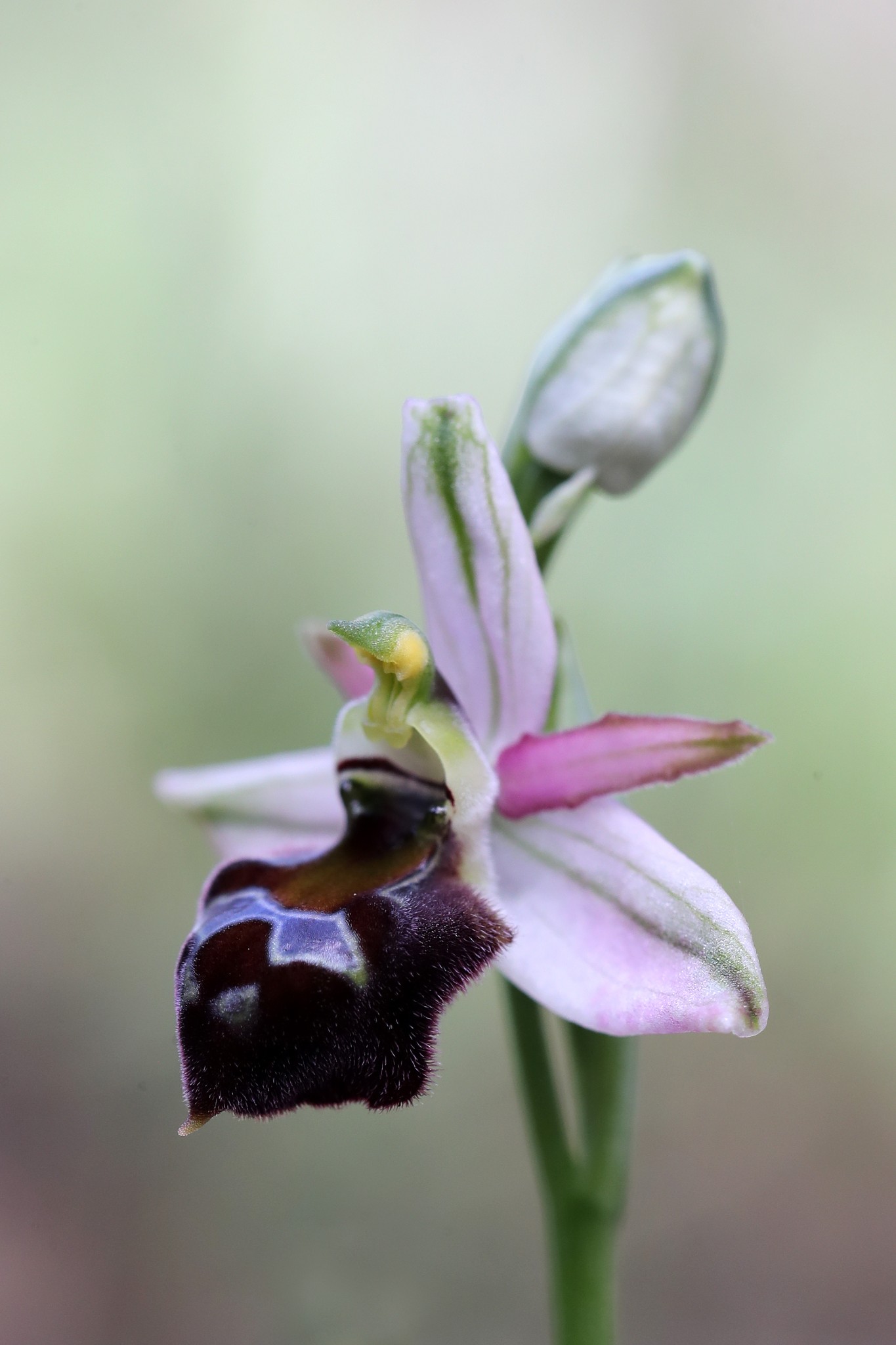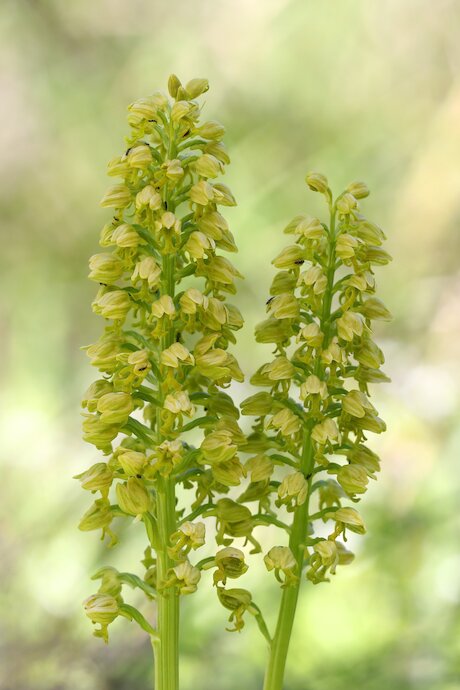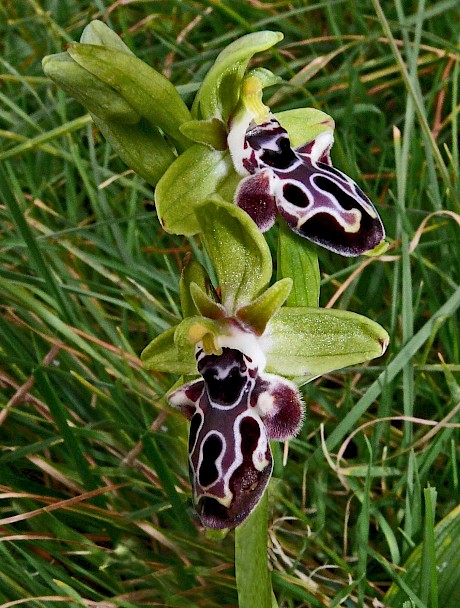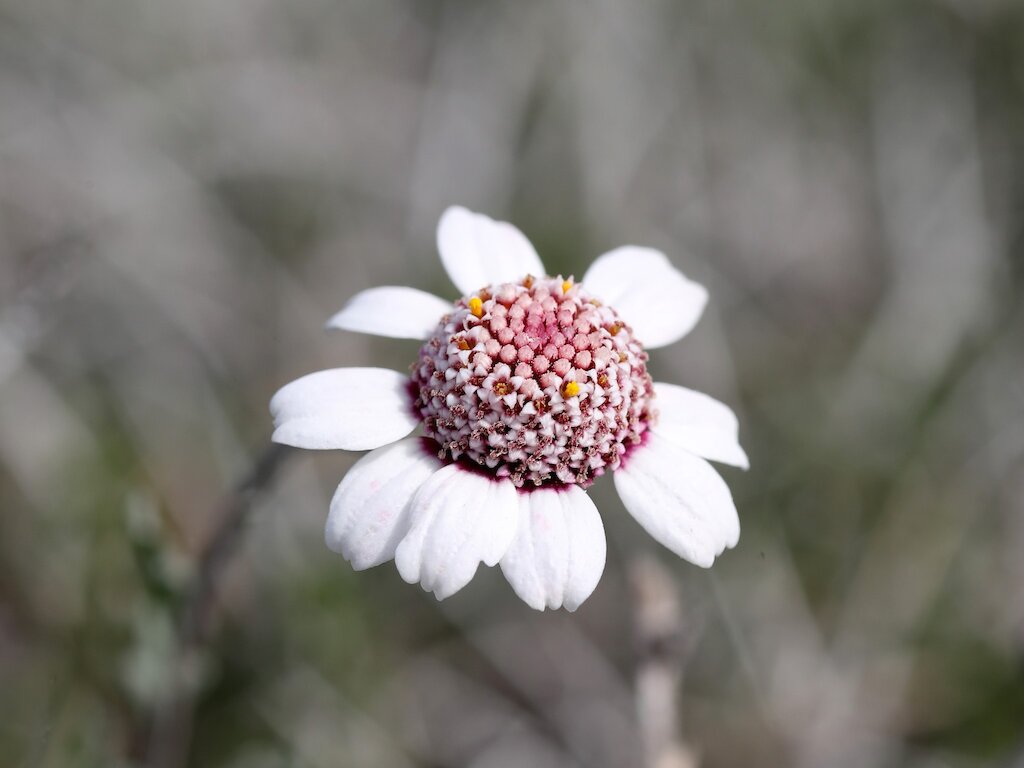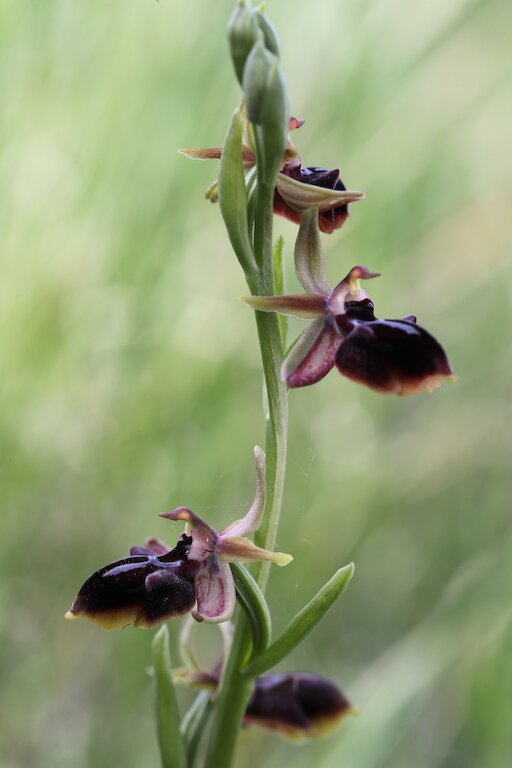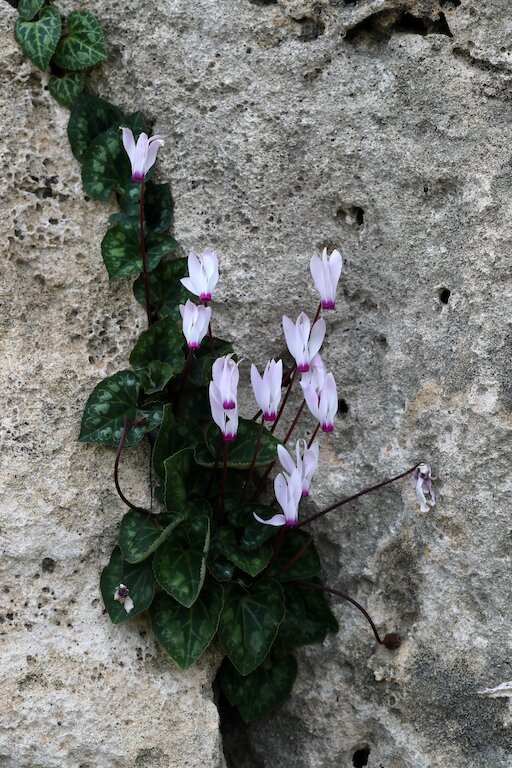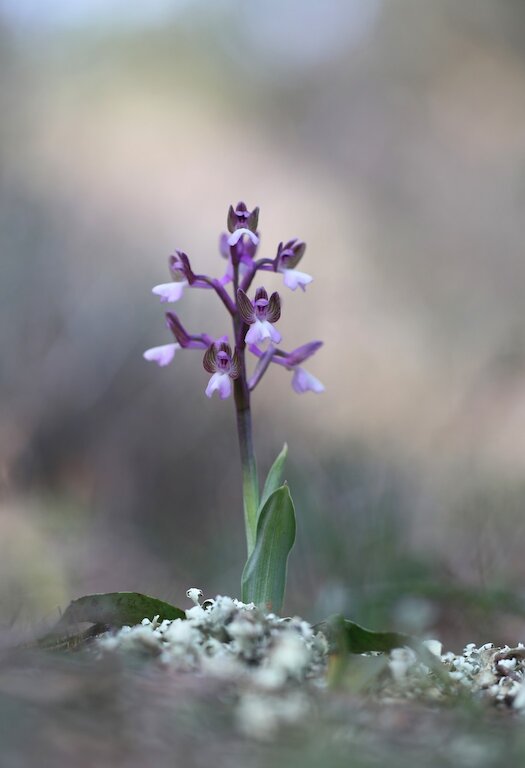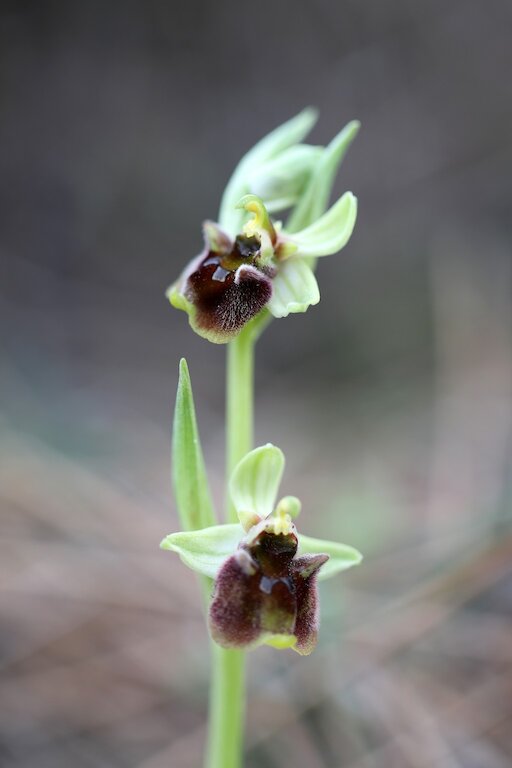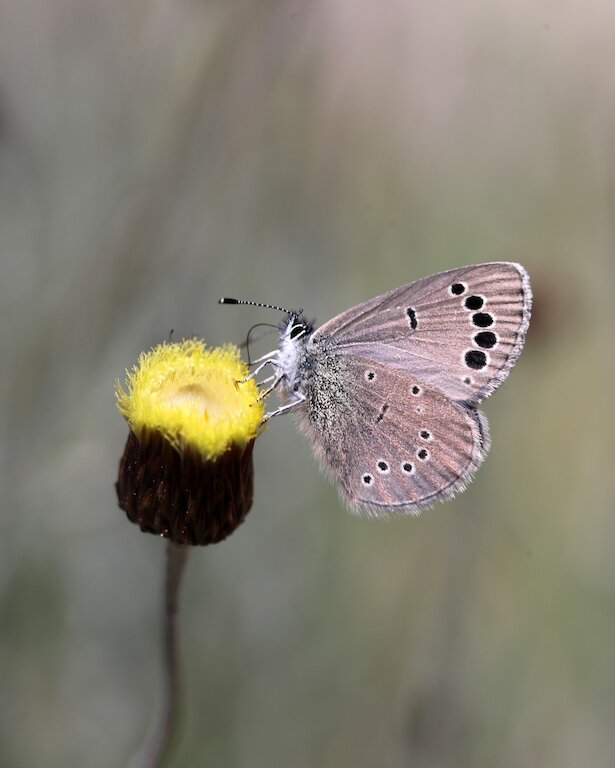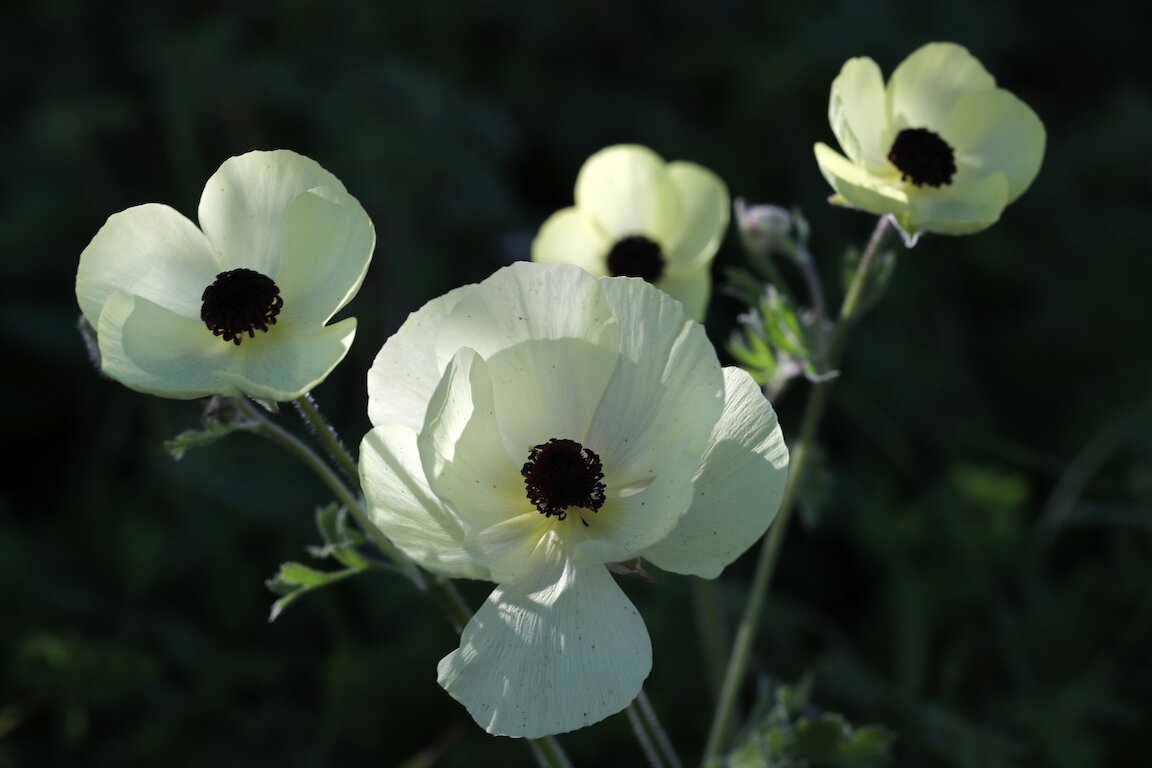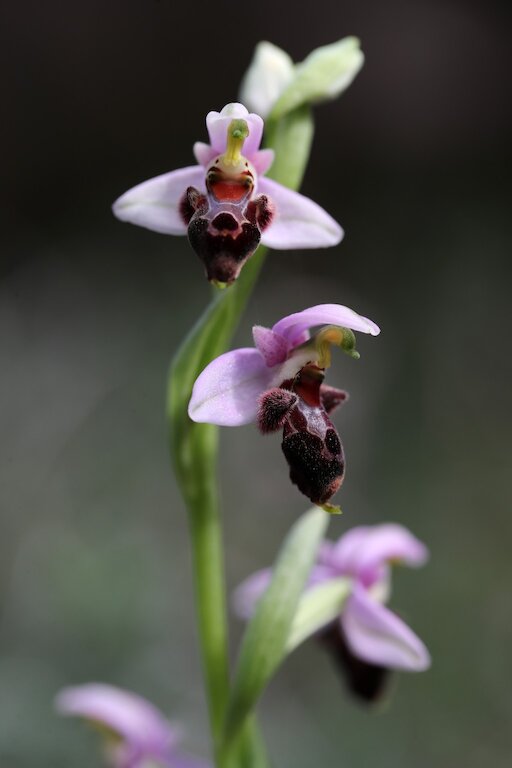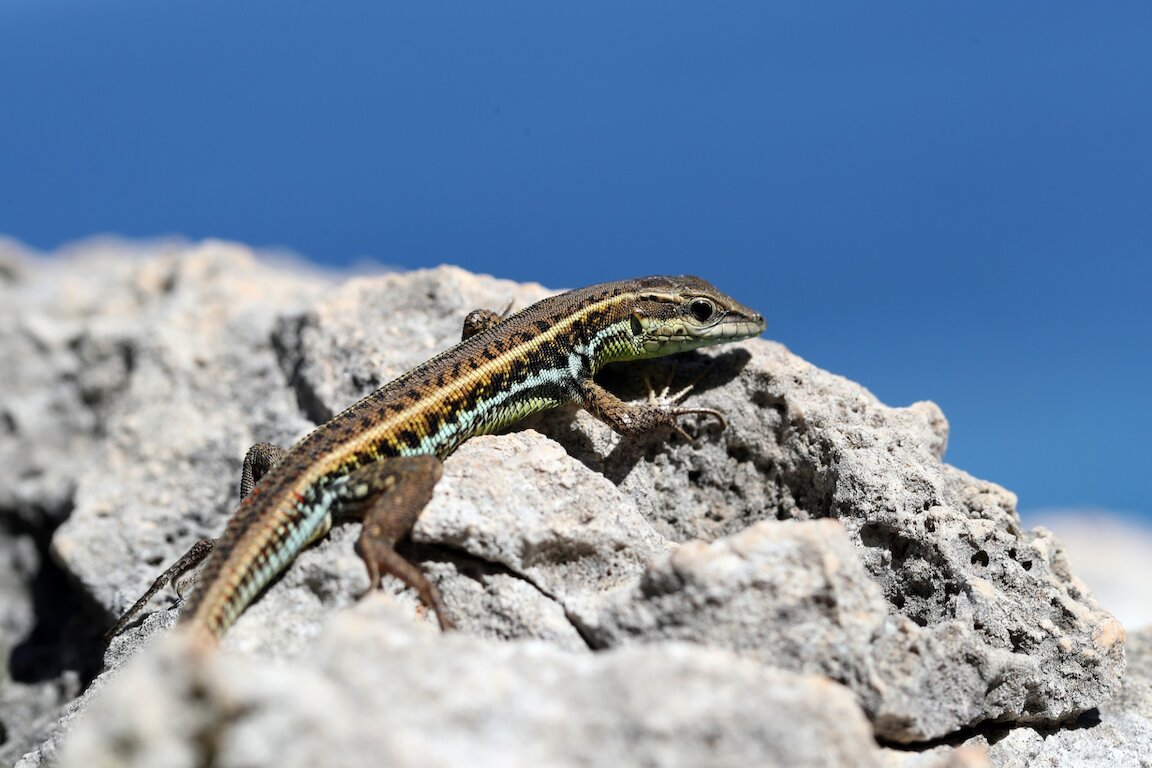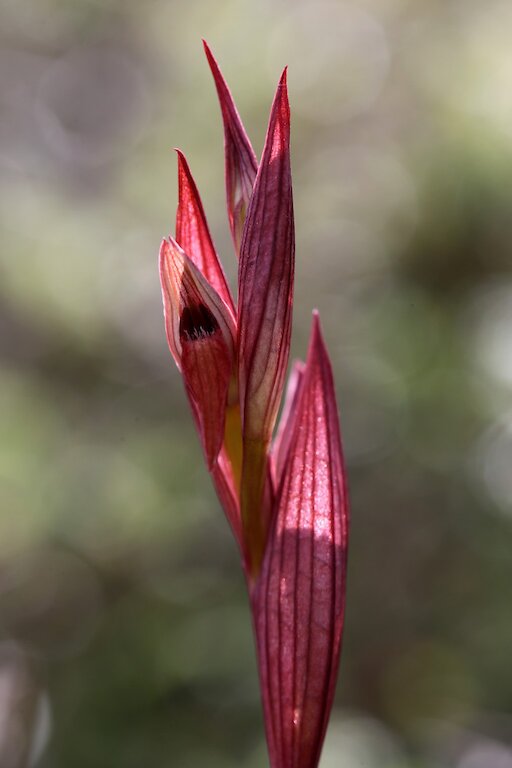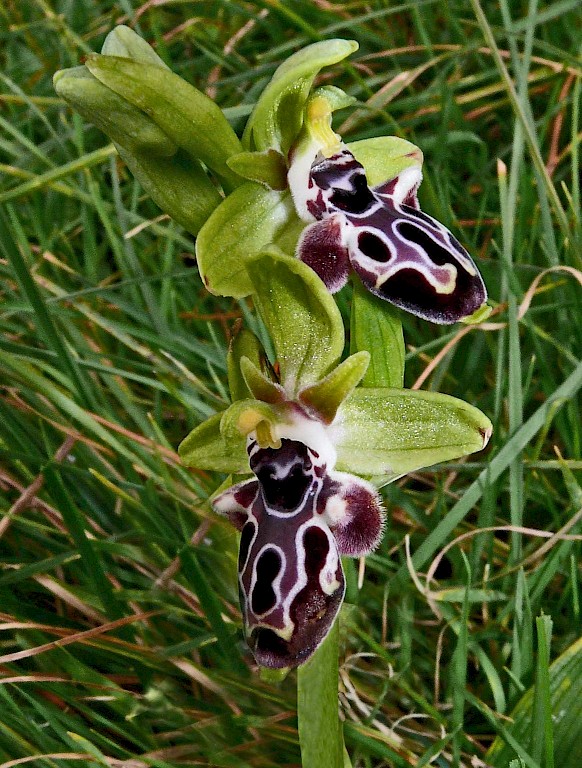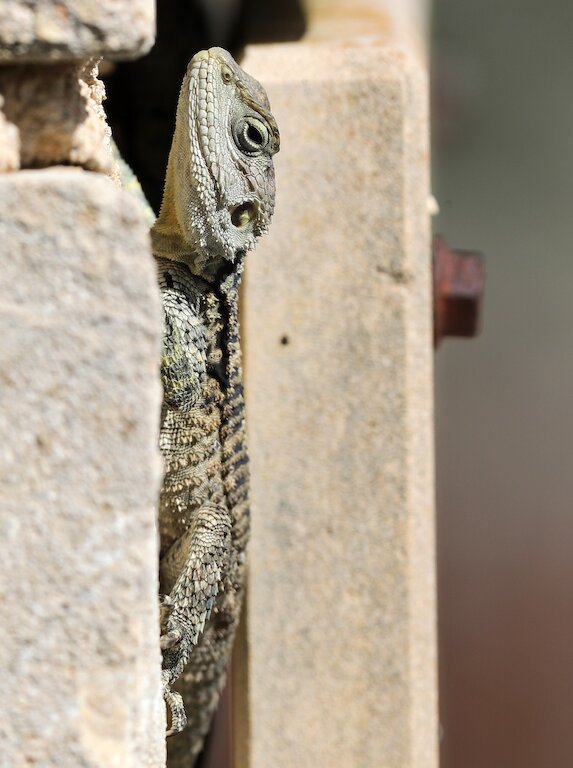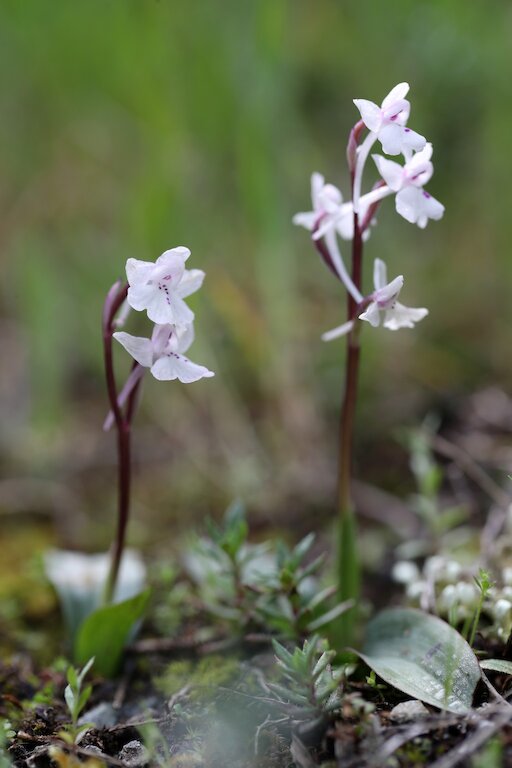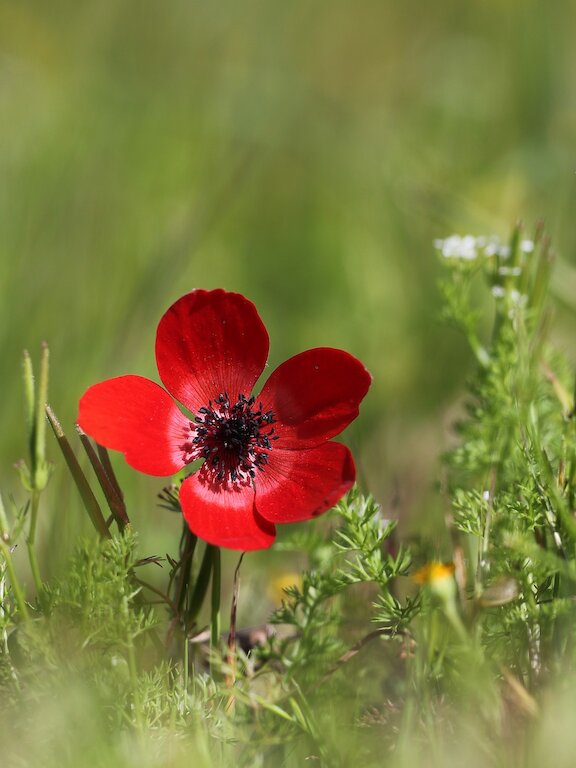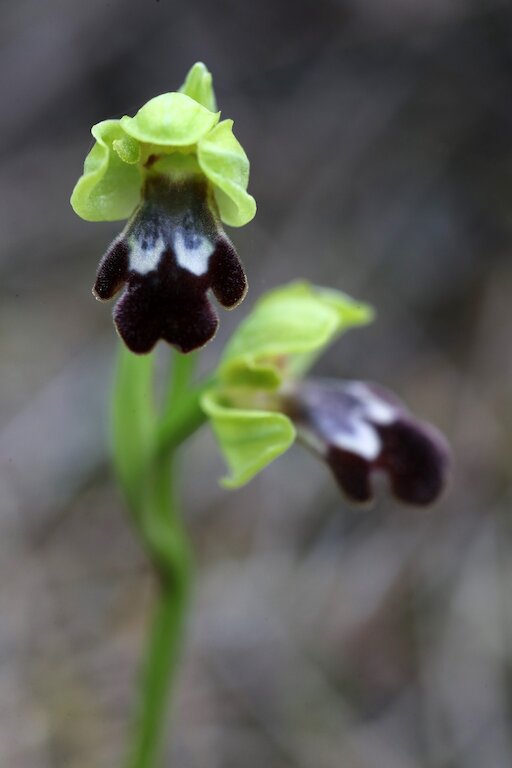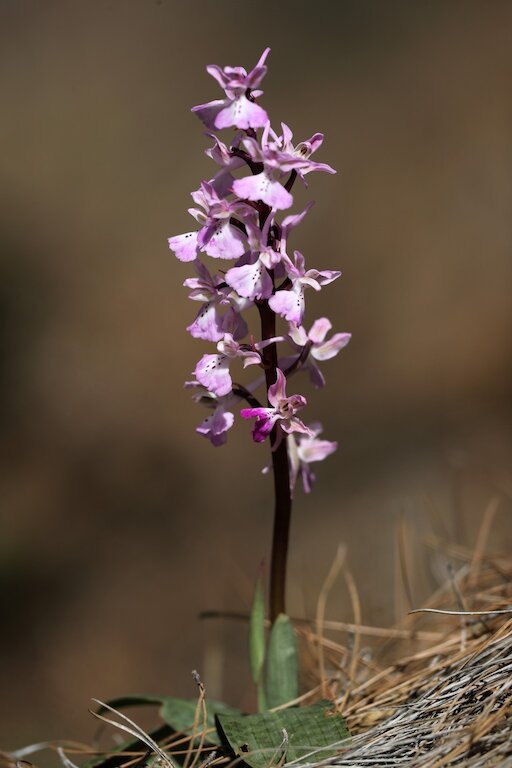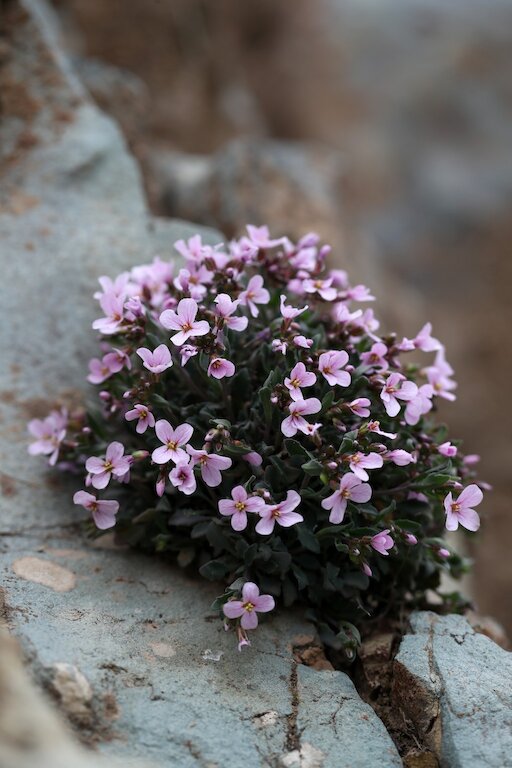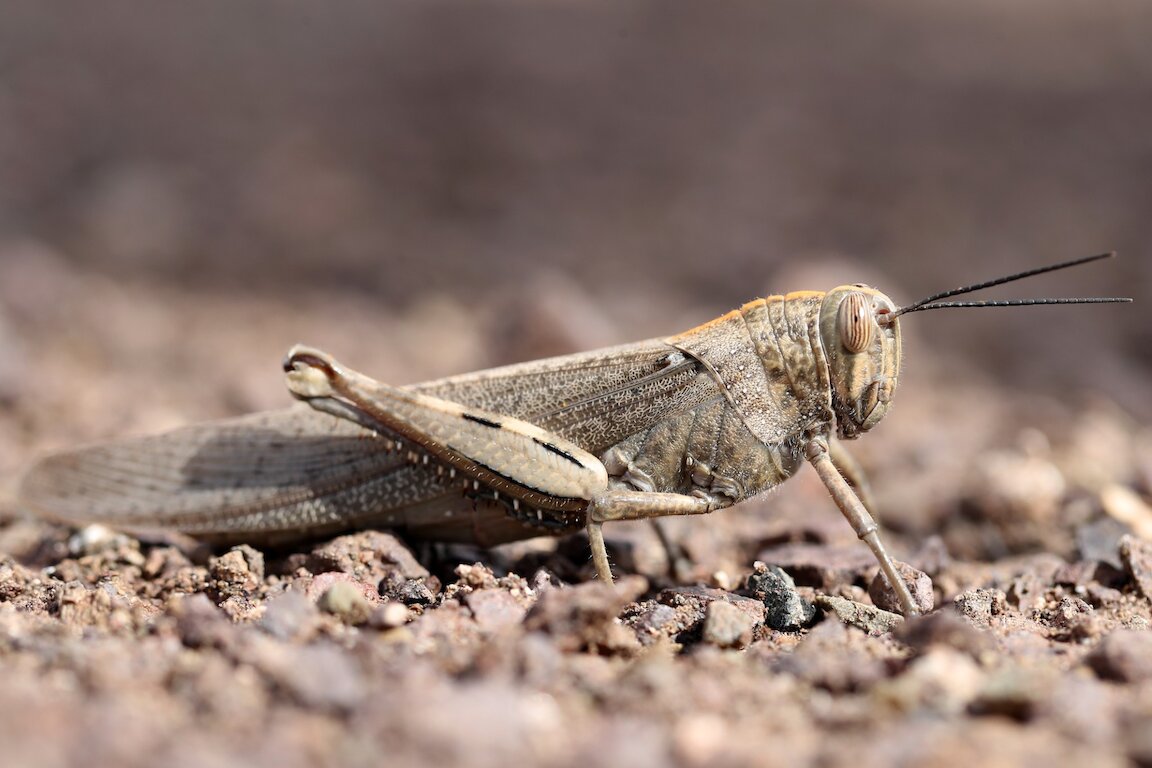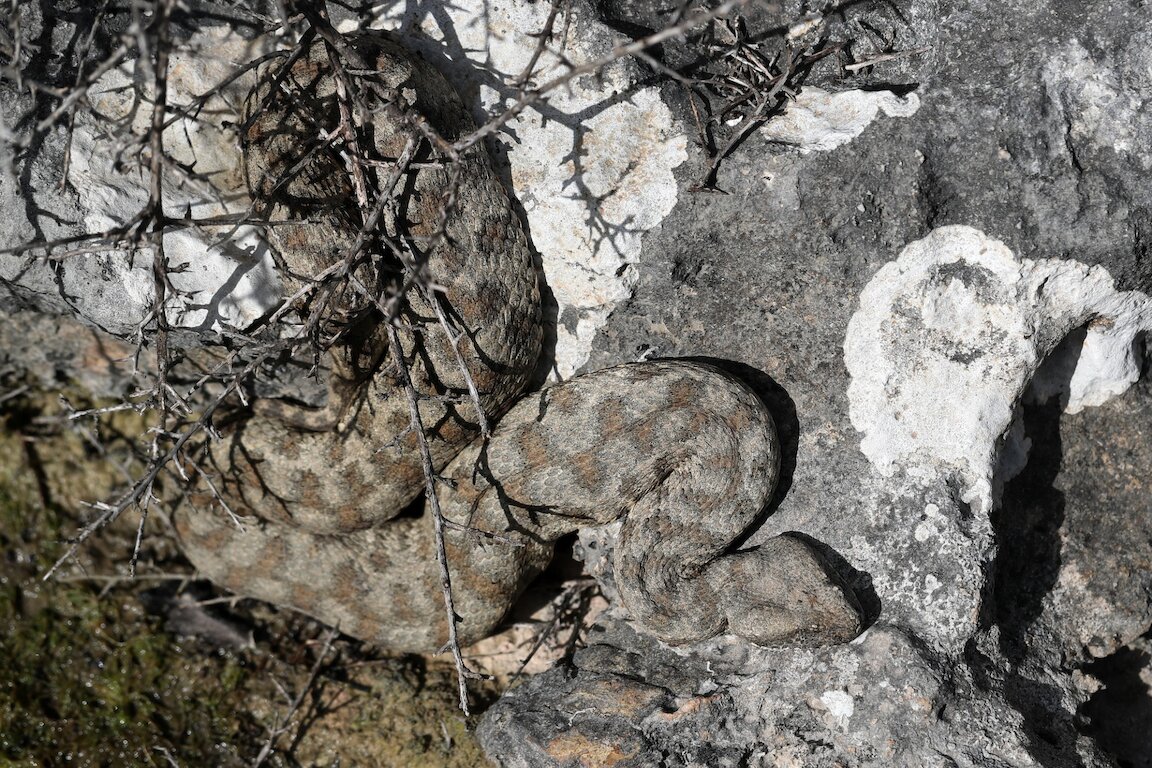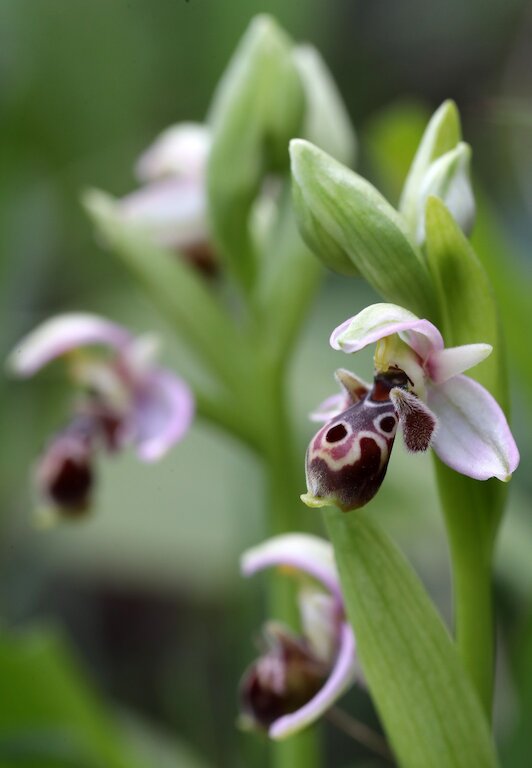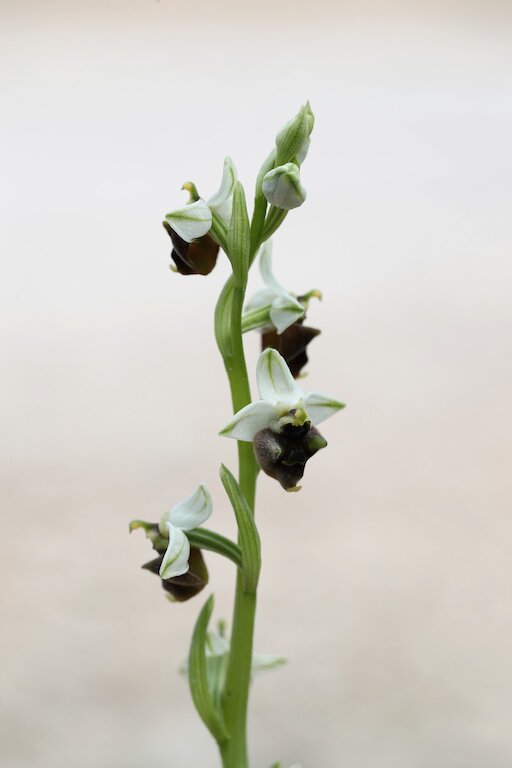Cyprus, sitting on the cusp of Europe and Asia, is a botanical wonderland early in the year. Bathed in warm sunshine, wildflowers bloom in abundance and, amongst them, we will encounter swathes of orchids.
The geology and geography of the island is varied, and this manifests itself in botanical diversity at every turn. We’ll explore a myriad of habitats – in the lowlands we’ll wander colourful meadows and olive groves; we’ll explore dry maquis and pine forests; tread carefully over limestone pavements; and we’ll head up into the Troodos Mountains, and down to the salt lakes of Larnaca.
We’ll search for a unique assemblage of orchids, with some endemic and near endemic species amongst them. Our principal targets will include the highly prized and beautiful endemic Ophrys kotschyi, the richly coloured Orchis punctulata, and subtle Orchis troodi. For those of us used to spring in Britain being ushered in by carpets of bluebells, the Cypriot equivalent will be a pleasant surprise – we’ll find ourselves walking in woodlands carpeted with the delicate mauve of Anacamptis syriaca.
This abundance will be repeated with many other species – in western Europe we may be accustomed to encountering Ophrys orchids sparingly, but in some cases here in Cyprus they’re positively numerous – we should find hosts of Ophrys mammosa, and will have fun examining them in detail to find some of their close relatives.
Our comfortable hotel has its own unique charms from a naturalist’s perspective, not least that Black Francolin can be heard from the rooms and the breakfast terrace! While we visit the island before the main thrust of spring migration is under way, we’ll be keeping a close eye out for birds and other wildlife too – we’ll certainly see the endemic Paphos Blue butterfly, we ought to have multiple meetings with Eastern Festoon butterflies and, if we’re lucky, we may even encounter from a respectful distance one of Europe’s more dramatic snakes, the impressive Blunt-nosed Viper Macrovipera lebetinus ssp lebetinus; and if they're still around at this stage in the spring, we'll visit a wintering site for one of Europe’s harder-to-come-by wheatears, Finsch’s Wheatear Oenanthe finschii.
This gentle-paced tour is primarily about orchids, but features a host of other points of interest, of natural and cultural history alike.
Ophrys kotschyi image reproduced with the kind permission of the excellent Orchids of Britain & Europe
